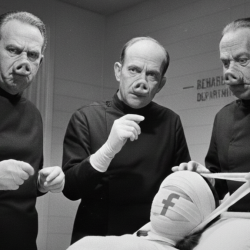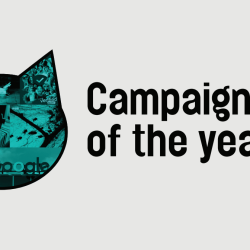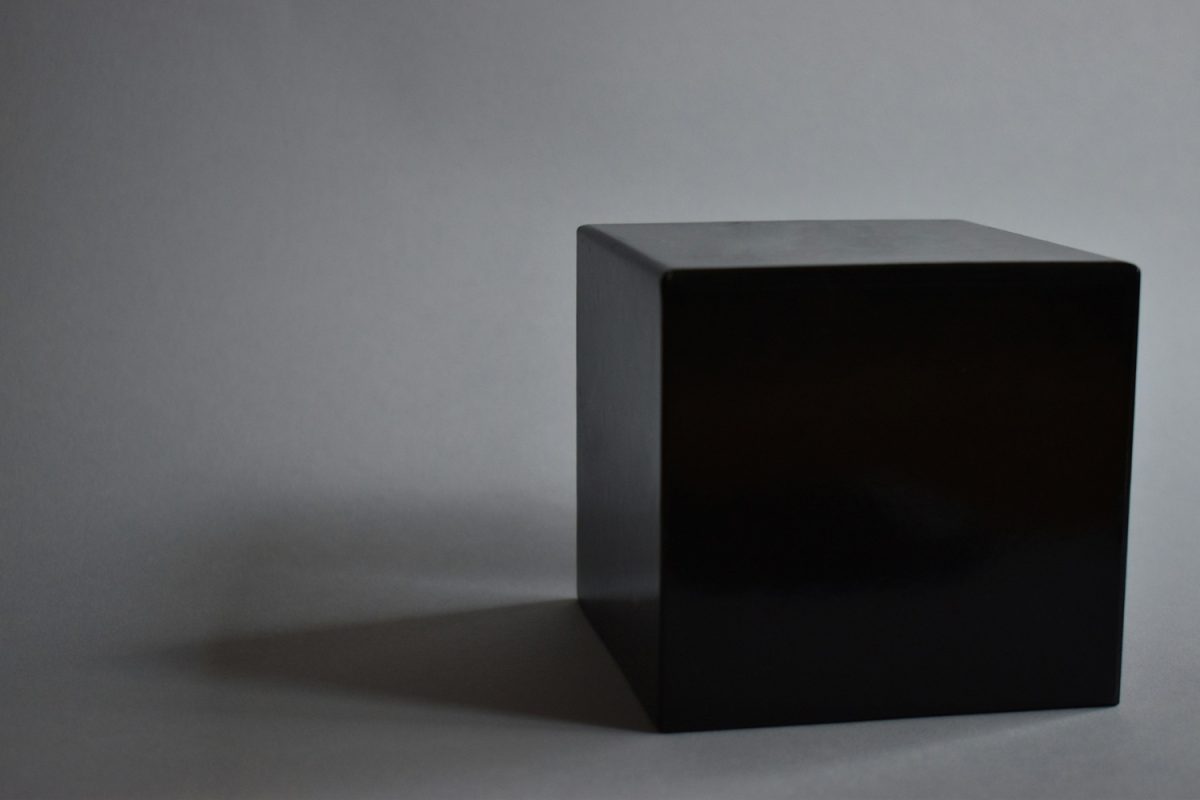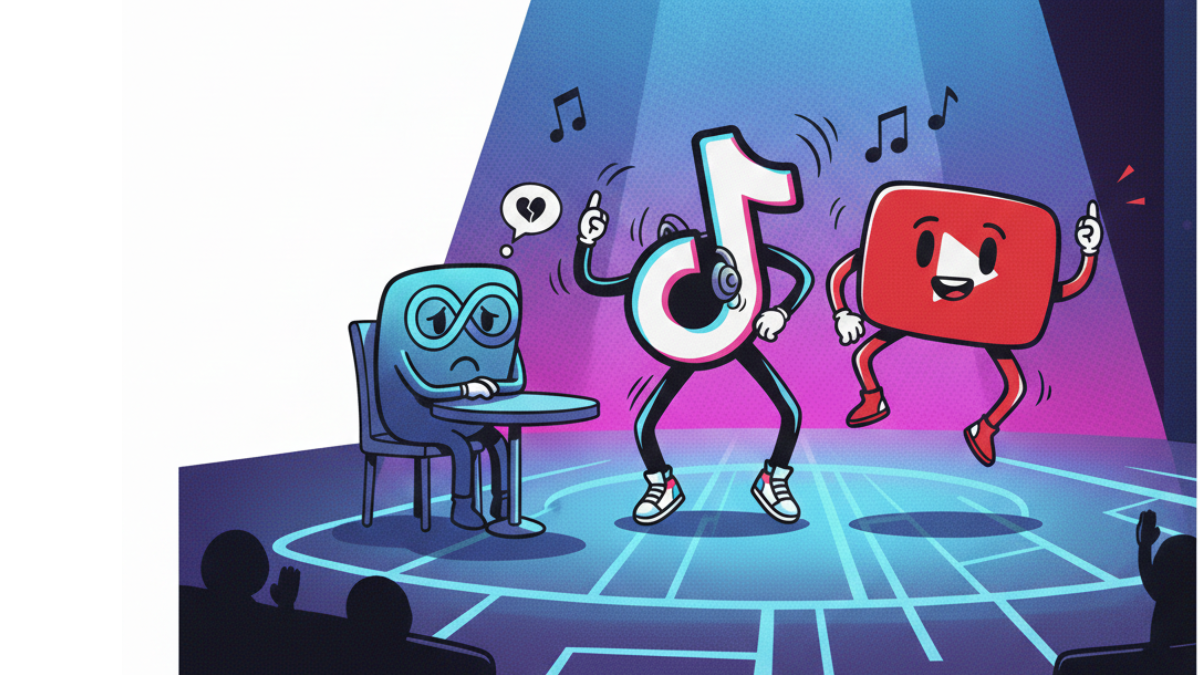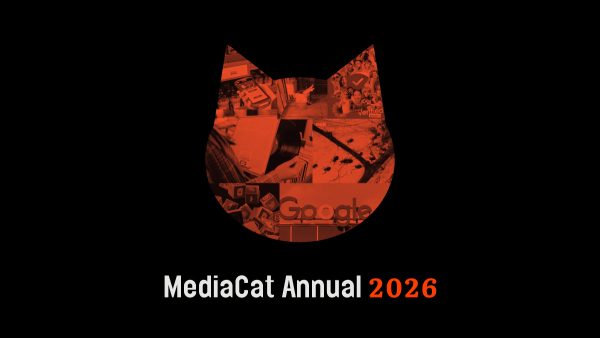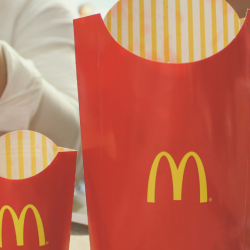Meta’s automated ad targeting tool, Advantage+, underperforms manually orchestrated campaigns for a slim majority of brands, possibly because the algorithm is too adept at identifying likely buyers.
Measurement company Haus analysed the results of 640 incrementality tests run on its platform over the past 18 months and found that 58% of brands got a higher incremental return on ad spend (iROAS) when they ran their own Meta campaign, rather than let Advantage+ handle the targeting and placement of ads.
Tyler Horner, the solutions engineering lead who compiled Haus’ Meta Report, wrote that while Advantage+ typically outperformed manual campaigns by 9% at the midway point of the campaign, it was quicker to lose steam.
By the end of the campaign period, manual campaigns had generally caught up with Advantage+, and they then outperformed it in the post-treatment observation window, which measured the lingering effects of the campaign on consumers after the ads stopped running.
On average, Advantage+ drove 12% lower DTC iROAS at 18% lower daily spend, according to the report.
Horner said that the difference in incremental effects could be because Advantage+ is too adept at identifying customers that are already likely to buy.
‘Higher incrementality means a bigger increase in propensity to convert,’ he told MediaCat UK, ‘So if someone already was very likely to convert — let’s say 90% — then the ad doesn’t have much opportunity to create an impact. On the other hand, if the audience had a very low pre-existing likelihood to convert — 10% — then the ad can make a big difference.
‘The speculation, then, is that Advantage+, by finding a broader group of high-propensity buyers, is actually reducing the opportunity for the ads to generate incremental impact.’
Put another way, Advantage+’s strength at identifying likely buyers comes at the expense of bringing new customers into a brand’s funnel. Although the report clarifies that Advantage+ still ‘drove a slightly higher share of its impact on new customers than Manual setups – 70% vs 65%’
These findings won’t compel advertisers to blindly hand Meta their objectives and credit card details, as CEO Mark Zuckerberg would like, nonetheless, the report paints the platform as an effective advertising channel.
‘Across the account-wide studies included in this analysis,’ wrote Horner, ‘Meta drove on average 19% lift to the brand’s primary KPI’. He also noted that, ‘out of the 100 highest-lift experiments ever run on Haus, Meta represents 77 of them.’
And while Advantage+ has its kinks, the Haus report still describes it as a valuable tool.
‘We’ve seen it win out for brands across a wide swath of verticals – subscription, cosmetics, apparel, home goods, accessories, and more,’ wrote Horner. ‘And even if you find manual campaigns outperform Advantage+ during evergreen periods (as our data shows most will), its ability to quickly identify intent and ramp could make it an asset for your brand during short promotional periods or holidays.
Haus’ tests used geographic hold-out techniques to measure the incremental lift of campaigns among companies who spent, on average, $14m per year on Meta ads. The average test ran for 18.6 days, followed by an 8.8-day post-treatment observation window.
Main image by Tommy Diner on Unsplash


